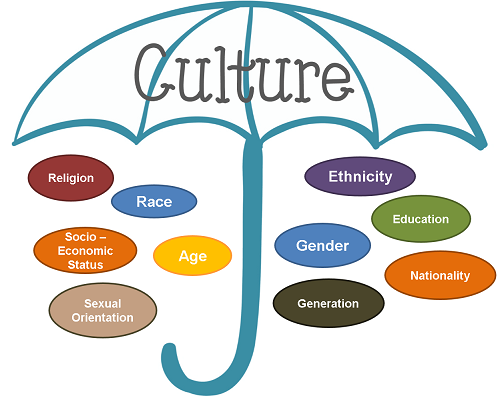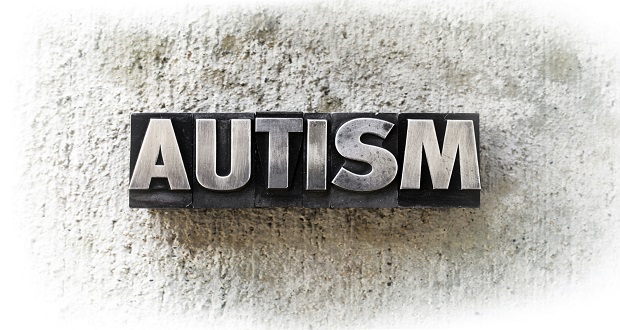
Last week I asserted that diversity is difficult to define because of the multipliers. None of us is uni-dimensional. We each possess a number of different diversity dimensions, gender, age, ethnicity, occupation, etc. etc. I believe that a GenY woman who is a single mom has a different set of needs than a married Baby Boomer woman who is a grandmother for the first time. While they are both women, I suspect their different generational perspectives and marital statuses lead to somewhat different worldviews. One’s worldview is inextricably tied to culture, a point that I missed last week. Dr. Janet Bennett, iconic interculturalist, pointed out my omission. Dr. Bennett runs the Intercultural Communication Institute.
Her reminder that culture is an integral part of one’s identity made me think more about the intersection of diversity and culture. Interculturalist Geert Hofstede calls culture the collective programming of the mind. Other definitions include a group’s shared values and beliefs or the one I really like is the behavioral interpretation of how a group lives out it values in order to survive and thrive.
 I believe that culture actually sits on top of or encircles all other diversity dimensions. Diversity dimensions such as race or gender are insufficient to define culture and therefore insufficient to define one’s identity. As a Black person, I share the same race as other Blacks. However the mere fact that I am a U.S. Black may mean that I share little from a cultural perspective with a Black Kenyan, for example. Therefore a multinational company that forms an affinity group for its Black employees around the world may find that cultural differences from country to country are more important considerations than race. Affinity groups designed for Latino employees may need to consider the many cultural differences that exist. Employees influenced by Mexican cultural norms would not necessarily share worldviews with those of Puerto Rican heritage for example.
I believe that culture actually sits on top of or encircles all other diversity dimensions. Diversity dimensions such as race or gender are insufficient to define culture and therefore insufficient to define one’s identity. As a Black person, I share the same race as other Blacks. However the mere fact that I am a U.S. Black may mean that I share little from a cultural perspective with a Black Kenyan, for example. Therefore a multinational company that forms an affinity group for its Black employees around the world may find that cultural differences from country to country are more important considerations than race. Affinity groups designed for Latino employees may need to consider the many cultural differences that exist. Employees influenced by Mexican cultural norms would not necessarily share worldviews with those of Puerto Rican heritage for example.
Culture is complex and often nuanced. We really don’t understand diversity if we do not understand cultural differences.



















Well depicted through that piation cture. Our beliefs and values, the social conditioning influences our ability to interpret and understanding various things…There is a lot to work on the culture diversity aspects. Right from sharing information, creating awareness followed by sensitization about this critical aspect and its impact in out daily interaction in the ecosystem with live in to enabling each one of us to be able to apply these into practice iis very important and requires incessant effort from D & I professionals and cooperation of stakeholders.
Can I copy please your diagram of culture? I will be using it for my assignment to do poster. Thank YOU!
Hi, yes you may – just please give credit! 🙂 Thanks!
Dear Ms Winters,
I really love your culture diagram.
Please, can I adapt your culture diagram for the Leadership, Culture and Diversity Workbook that I am writing for High School students in Nigeria?
Also, when writing the photocredits should I mention ‘The Winters Group, Inc’ or http://www.theinclusionsolution.me?
Hello Glory, I will love to see the Culture and Diversity workbook you are creating for High School Students in Nigeria. I live in Canada but work as a Diversity Coordinator here. I do not find many Nigerians interested in this line of work. The few I find, I love to connect with. Please let me know how I can see your workbook.
Hello Mary-Frances Winters, Please I will like to use your umbrella photo for a presentation I am having. I saw that you were okay with Madel using it and giving credit. Can I do same as well?
Thank you.
Osayi